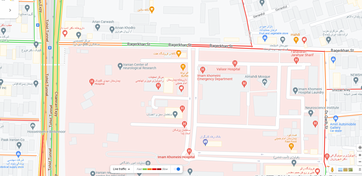MRI-derived radiomics models for prediction of Ki-67 index status in meningioma: a systematic review and meta-analysis

Purpose
The Ki-67 marker reflects tumor proliferation and correlates with meningioma prognosis. Here we aim to evaluate the performance of MRI-derived radiomics for Ki-67 index prediction in meningiomas.
Methods
After a comprehensive search in Web of Science, PubMed, Embase, and Scopus, data extraction and risk of bias assessment was performed. Pooled sensitivity, specificity, positive likelihood ratios (PLR), negative likelihood ratios (NLR), and diagnostic odds ratio (DOR) were computed. The summary receiver operating characteristic (sROC) curve was generated and area under the curve (AUC) was calculated. Separate meta-analyses were conducted for radiomics models and combined models. Heterogeneity was evaluated using the I2 statistic, and subgroup analysis was performed to identify potential sources of heterogeneity. Sensitivity analysis was carried out to detect possible outliers.
Results
Seven studies were included, with six studies analyzed for radiomics model and four for combined model. For radiomics model, the pooled sensitivity, specificity, PLR, NLR, DOR, and AUC were 67 %, 82 %, 8.61, 3.54, 0.43, and 0.79, respectively. For combined model, pooled sensitivity, specificity, PLR, NLR, DOR, and AUC were 78 %, 78 %, 12.19, 3.47, 0.30, and 0.79, respectively. Sensitivity analysis identified no outliers. In radiomics model, potential sources of heterogeneity included mean age and the application of N4ITK bias correction. For combined model, heterogeneity was influenced by mean age, application of N4ITK bias correction, and the use of external validation.
Conclusion
Radiomics shows promising ability to predict the Ki-67 index status in meningioma patients, potentially enhancing clinical decision-making and management strategies.






ارسال نظر